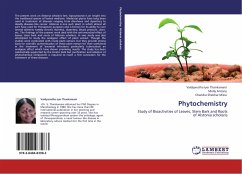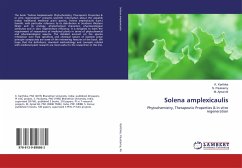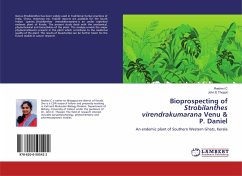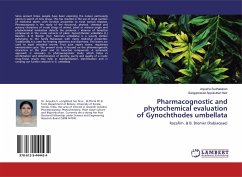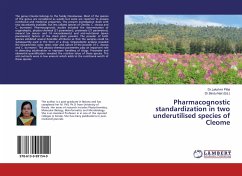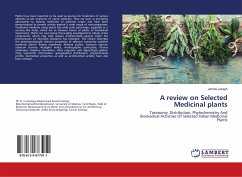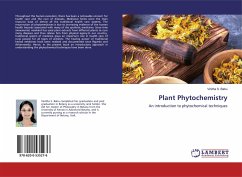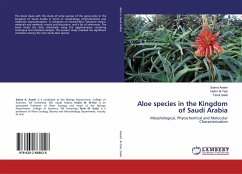The present work on Alstonia scholaris fam. Apocynaceae is an insight into the traditional system of herbal medicine. Medicinal plants have long been used in treatment of diseases ranging from diarrhoea and dysentery to deadly diseases like cancer. Alstonia is one such plant in which almost all part have used for therapeutic purposes and is known for its ability to cure several ailments namely chronic diarrhea, dysentery, blood pressure, ulcer, etc. The findings of the present work deal with the anti-microbial effect of leaves, stem bark and roots of Alstonia scholaris. In vivo study was also attempted to study the analgesic effect of plant extract. Though the studies were conducted with crude plant extract, but they provide strong basis for scientific authentication of these plant extract for their usefulness in the treatment of bacterial infections particularly tuberculosis an analgesic effect which have shown promising results. The study has been substantially supported by thekinetic data but purification and isolation of phytochemical component is required to reach a firm conclusion for the treatment of these diseases.
Bitte wählen Sie Ihr Anliegen aus.
Rechnungen
Retourenschein anfordern
Bestellstatus
Storno

